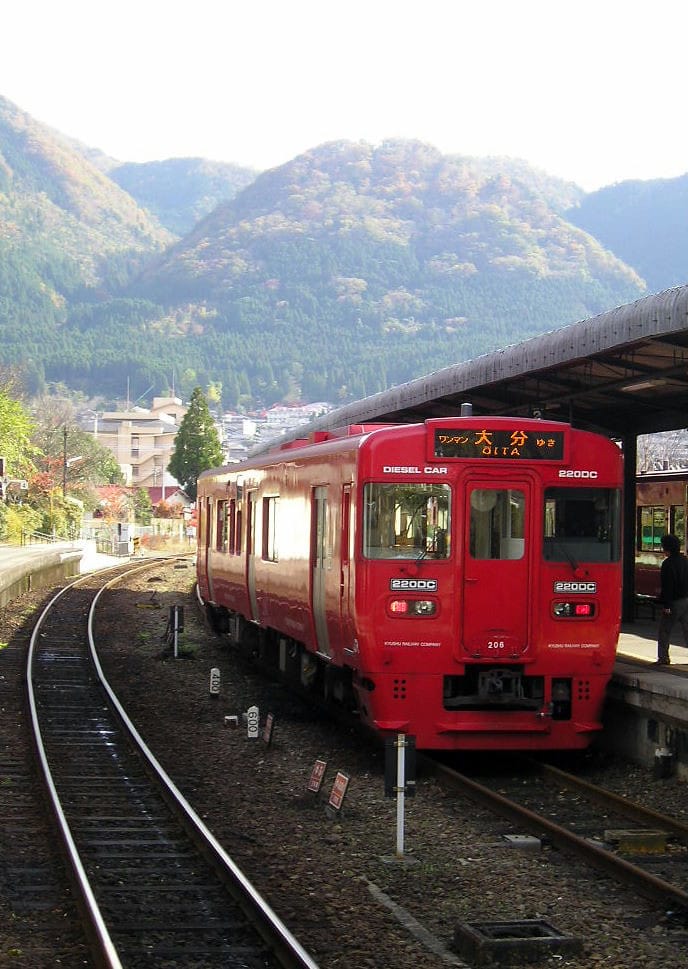Critical Security Flaw: Hackers Can Remotely Control American Train Brakes—And Nobody's Fixing It
A glaring cybersecurity vulnerability in America's railway infrastructure has been hiding in plain sight for years, putting millions of passengers and freight shipments at risk. Security researchers have discovered that hackers can remotely trigger emergency brakes on moving trains, potentially causing derailments, cargo spills, and catastrophic accidents—yet the railroad industry continues to largely ignore this critical threat.
The Vulnerability That Shook the Rails
The security flaw lies within the Positive Train Control (PTC) system, a federally mandated safety technology designed to prevent train accidents. Ironically, this system meant to protect passengers has become their greatest digital vulnerability. Security experts have demonstrated that with relatively simple equipment costing less than $1,000, malicious actors can send false signals to trains, forcing them to brake suddenly or even override safety protocols.
The vulnerability was first publicly disclosed in 2016 by cybersecurity researcher Cesar Cerrudo, who found that the radio communications between trains and control systems were poorly encrypted and easily intercepted. Despite this revelation, comprehensive fixes remain elusive across the industry.
Why This Matters More Than Ever
America's freight rail network carries 40% of the country's long-distance freight traffic, including hazardous materials like crude oil, chemicals, and radioactive waste. A successful cyberattack on these systems could result in:
- Environmental disasters: Sudden braking of trains carrying hazardous materials could cause spills rivaling the 2013 Lac-Mégantic rail disaster
- Economic disruption: The freight rail system moves $700 billion worth of goods annually
- Passenger safety: Amtrak alone carries over 32 million passengers yearly across potentially vulnerable routes
The Technology Behind the Threat
The PTC system relies on GPS and radio communications to monitor train locations and automatically slow or stop trains to prevent collisions. However, many implementations use outdated encryption standards and lack proper authentication protocols.
Security researchers have identified several attack vectors:
- Radio frequency jamming: Disrupting GPS signals to confuse train positioning systems
- Message injection: Sending false commands that appear to come from legitimate control centers
- Replay attacks: Recording and retransmitting previous legitimate commands at inappropriate times
Industry Response: Too Little, Too Late
The Association of American Railroads (AAR) has acknowledged cybersecurity concerns but maintains that existing safeguards are adequate. However, internal documents obtained through Freedom of Information Act requests reveal a different story. The Federal Railroad Administration has documented numerous cybersecurity incidents, including:
- Multiple instances of unauthorized access to railway communication systems
- Suspicious network activity targeting major freight operators
- Successful penetration tests by federal agencies demonstrating system vulnerabilities
Despite these findings, the industry has been slow to implement comprehensive security upgrades, often citing cost concerns and operational complexity.
International Perspective: Learning from Others
Other countries have taken more aggressive approaches to railway cybersecurity. The European Union's Railway Security Directive mandates specific cybersecurity standards for all rail operators, while Japan has invested heavily in quantum-encrypted communication systems for its bullet train network.
These international examples demonstrate that robust railway cybersecurity is not only possible but essential for modern transportation infrastructure.
The Path Forward
Cybersecurity experts recommend several immediate actions:
Enhanced Encryption: Implementing military-grade encryption for all train-to-infrastructure communications Authentication Protocols: Requiring multi-factor authentication for all system access Regular Security Audits: Conducting quarterly penetration testing by independent security firms Incident Response Planning: Developing comprehensive cybersecurity incident response procedures
Conclusion: All Aboard the Security Express
The revelation that hackers can remotely control American train brakes represents a critical infrastructure vulnerability that demands immediate attention. While the railroad industry continues to prioritize operational efficiency over cybersecurity, the potential consequences of inaction grow more severe each day.
The solution requires coordinated effort between federal regulators, railway operators, and cybersecurity experts. Until comprehensive security measures are implemented, every American train journey carries an invisible but very real digital risk.
The time for half-measures and industry self-regulation has passed. America's railway infrastructure needs a complete cybersecurity overhaul—before hackers decide to take our transportation system for a ride.
